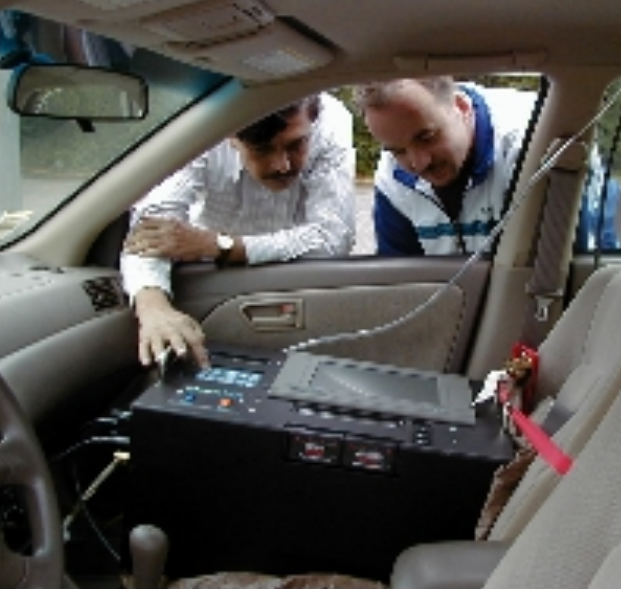So…
I thought I would start off the first Blog by providing some historical perspective on “Portable Emissions Measurement Systems” (PEMS), in order to lay the groundwork.
For some, past industry events may help to provide insights for key decisions. For others, this may be an (interesting?) primer…
1970: The “Clean Air Act” (CAA) and the United States Environmental Protection Agency (USEPA) are formed, under President Nixon.
1992: The CAA is amended (by President Bush) to include proviso’s for cleanup of Acid Rain (a first-ever cap-and-trade scheme) and the groundwork for what would later become the “Congestion Mitigation and Air Quality” (CMAQ) framework.
1995: CMAQ provides for the “Intermodal Surface Transportation Equities Act” (ISTEA) which, in turn establishes the need for Metropolitan Planning Organizations (MPOs) and “Clean Cities” Stakeholders (through the Department of Energy (DOE)).
1995: The “Real-time On-road Vehicle Emissions Reporter” (ROVER) is produced by the USEPA, and identifies “cheater chips” that major vehicle manufacturers have installed in their production vehicles.
1997: The Kyoto Protocol is created.
1999: Clean Air Technologies International (CATI) Inc. invents the first commercially available (patented) portable field device for emissions testing. Called the “OEM2100”, two units are purchased by North Carolina State University (NCSU).
1999: The “Consent Decree” is levied by the USEPA against the engine manufacturers that were caught installing “cheater chips”. The fine is 1 billion US dollars; said fine is used to tighten the emissions regulations on heavy duty diesel (HDD) engines over the next ten years.
2000: David Miller of CATI – in an effort to save time – shortens “Portable Emissions Measurement Systems” to “PEMS” to describe and discuss his company’s new field device with USEPA and the New York State Department of Environmental Conservation (NYSDEC). The term sticks, and the industry accepts it into parlance.
2002: Several high-level projects are started at the former World Trade Center site in conjunction with the NYSDEC using CATI PEMS.
2004: The first-ever “PEMS shootout” is coordinated by the California Air Resources Board (CARB) and the USEPA, comparing the Sensors Inc. SEMTECH, CATI Montana System, Horiba OBS2100.
2005: In June, the USEPA declares that PEMS are an acceptable device for vehicle emissions testing. The first “Not-To-Exceed” Zone regulations are established; Part 1065 (SUBPART J — “Field Testing and Portable Emission Measurement Systems”) are integrated into the US Code of Federal Regulations (CFR) 40. These activities represent a concerted effort by the US government to tighten-up the emissions standards on OEM’s.
2006: California passes Assemblies Bill (AB) 32 “Scoping Law”; California and the United Kingdom (UK) sign an agreement for a future joint “Carbon Credit” Greenhouse Gas (GHG) exchange.
2007: USEPA requires a “Particulate Measurement” (PM) standard.
2007: The European Union (EU) legislated the investigation of PEMS and NTE alternatives under the EURO6 standard.
2010: Obama “Cap and Trade” Bill fails; USEPA pulls back on regulation and enforcement; the US PEMS market pulls back, as the Consent Decree fines are exhausted.
2012: The EU pushes for “Real Driving Emissions” (RDE) standards as an alternative to more expensive laboratory testing.
2014: The EURO 6 Standards are now in effect for all vehicles in the EU.
Admittedly, not all key dates are in the timeline; however, this brings us to the present.
So what happens next? What are the important factors that will dictate how decision-makers make the best choices with limited resources?
Stay tuned, as this blog will attempt to answer these (and other) pressing questions…
Dave Miller

